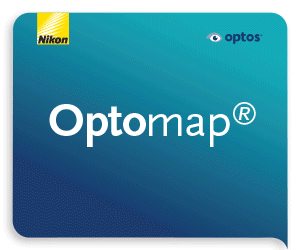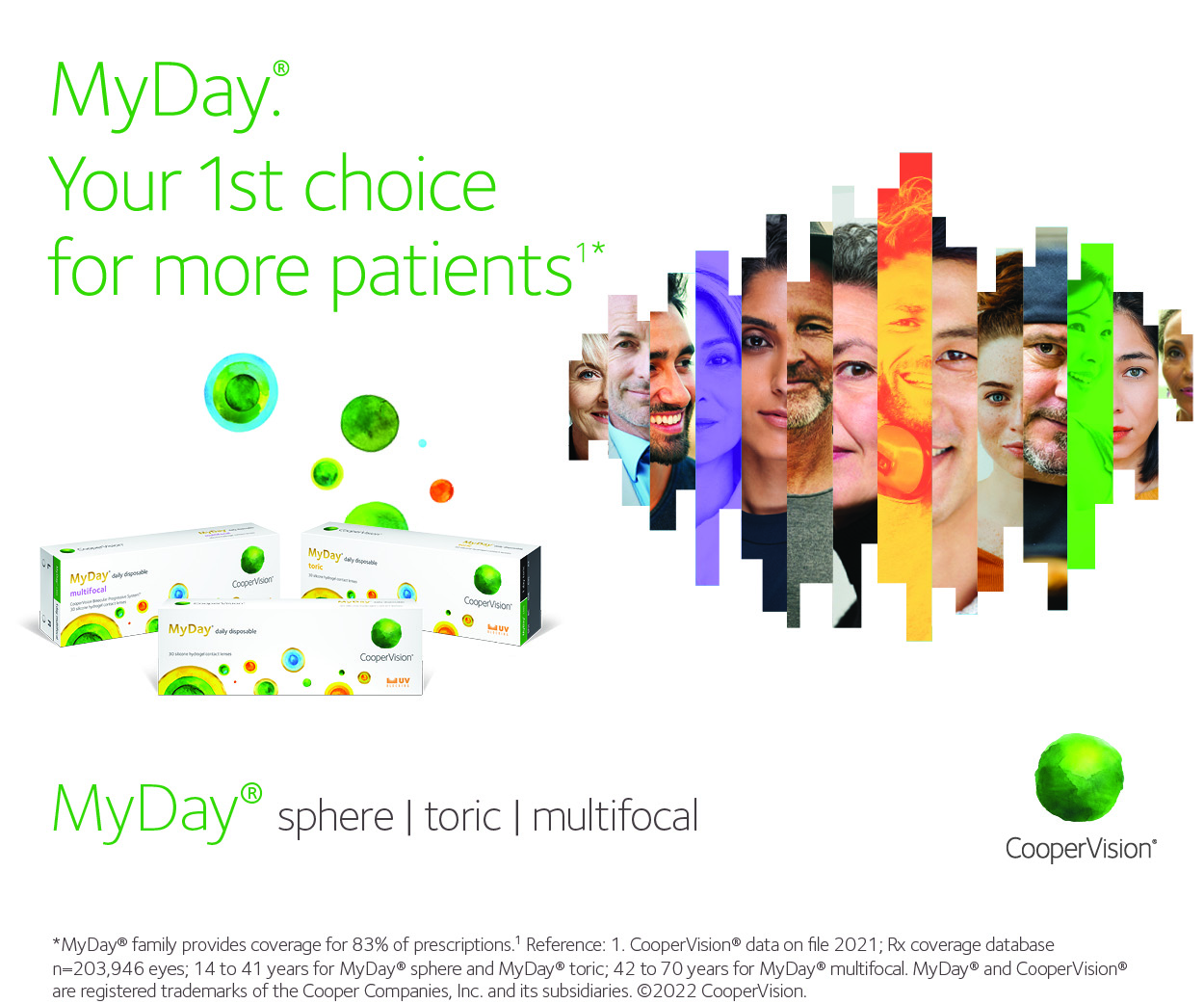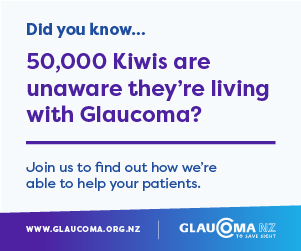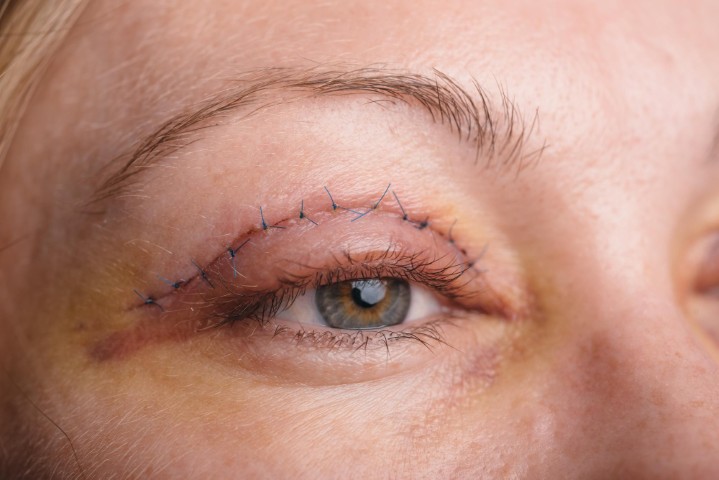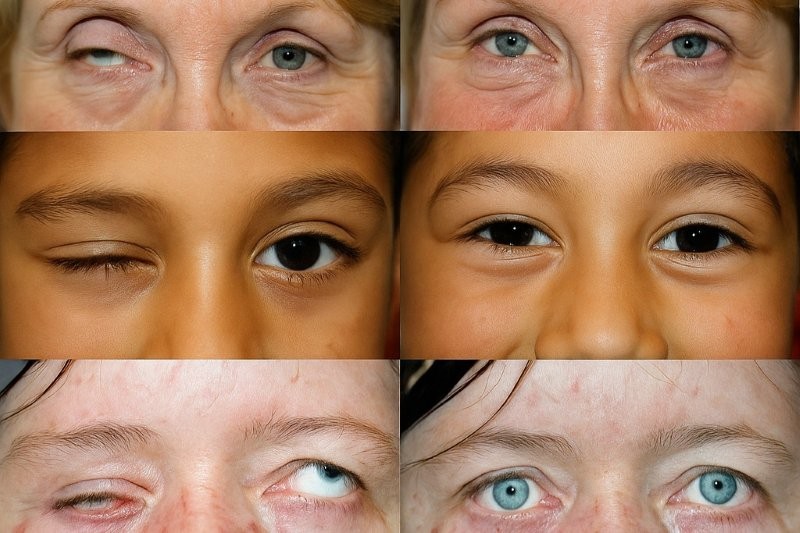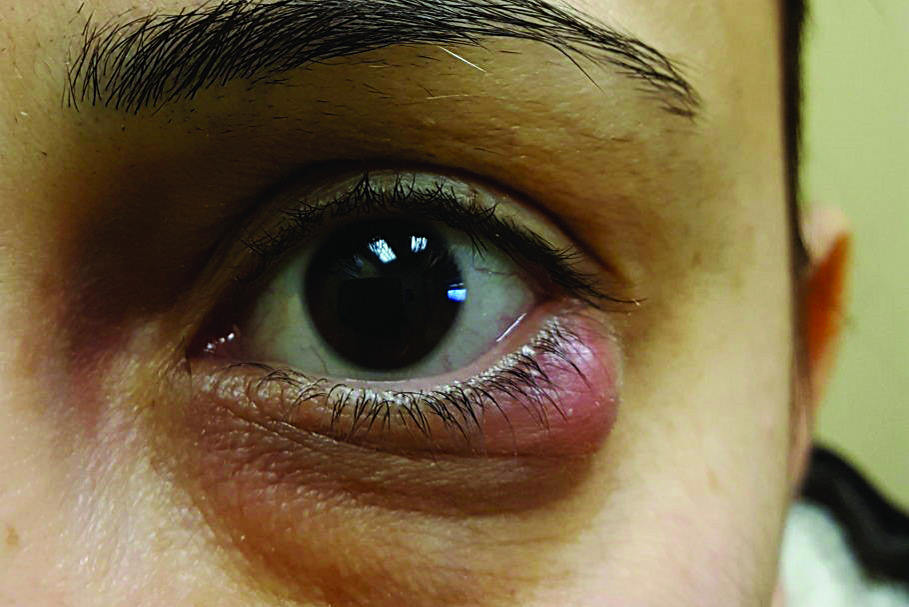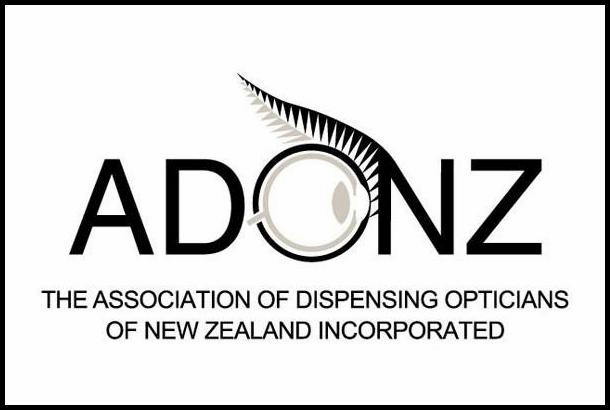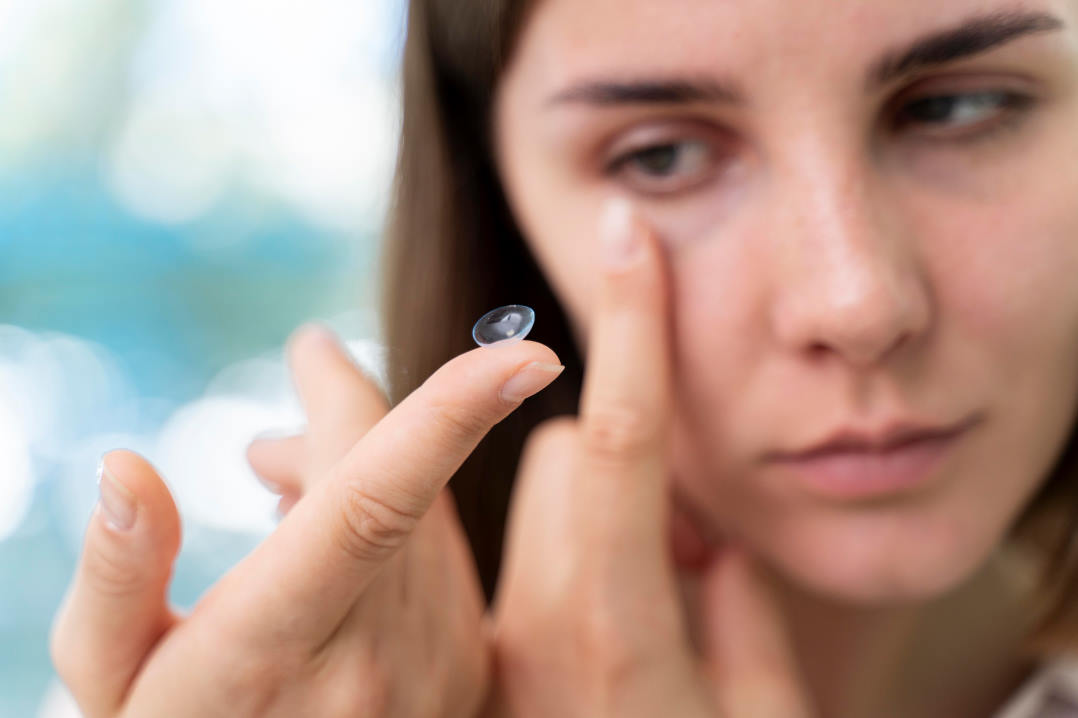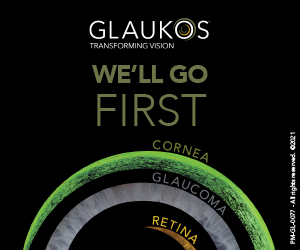Oculoplastic research review - February 2025
Foreign body suture granuloma in canthal surgery: association with suture type
Yoon MK, Liou VD, Gostimir M, McCoskey MM
Orbit 2024 Sep 25:1-5
Review: A suture granuloma is a largely avoidable complication of oculoplastic surgery, and this study elegantly demonstrated the odds ratio of developing a suture granuloma was 23.2 times more likely with non-absorbable sutures compared to absorbable. With n=758 in this retrospective study, it was reasonably well powered. Given that absorbable sutures often develop more of an inflammatory reaction (due to how they are absorbed, an active process leaving robust fibrosis in their place, rather than the commonly assumed “dissolvable”), one may have expected more granulomas with the absorbable sutures. Patients will notice and sometimes complain of a lump at the lateral canthus when non-absorbable sutures are used. This is not the case with absorbable sutures with no reduction in tensile strength. Aside from individual indications where non-absorbable sutures are justified (eg. brow suspension with monofilament Gore-Tex), there is good evidence for use of absorbable sutures for deep tissue approximation and, arguably, skin closure too.
Comment: Foreign body suture granulomas occur at a low rate following canthal surgery and can be largely avoided through careful selection of resorbable or monofilament sutures.
Artificial intelligence and machine learning a new frontier in the diagnosis of ocular adnexal tumours: a review
Qurban Q, Cassidy L
Orbit 2024 Aug 28:1-4
Review: With AI and machine learning on the rise in optometry and ophthalmology (see p14 for related story), there are relatively unexplored avenues of research and potential clinical applications of the technology to assist clinicians in diagnosing periocular tumours. This review covers the application of AI in ocular oncology tumour recognition to detect early tumours, which has potential advantages for triaging and faster access to appropriate care when flagged in primary care, while overcoming obstacles such as international collaboration to get enough clinical images to analyse. The authors envision “Artificial intelligence's imminent transformative impact on ocular and periocular cancer diagnosis”, so watch this space to see if they are right!
Comment: To be clinically applicable and useful, AI relies on a robust dataset which, after analysis, can form an algorithm that can be transferred to platforms such as mobile devices without having to have the dataset itself tagging along. These efficiencies allow strong pattern-recognition capabilities with the ability to reduce artefacts due to noise. But to be effective, this does rely heavily on a robust dataset to train the algorithm in the first place.
The effect of blepharoplasty or blepharoplasty combined with ptosis or eyebrow surgery to quality of life and use of medication related to headache or eyelid skin disease
Leivo T et al
Orbit 2024 Aug 28:1-4
Review: In the subset of patients with droopy lids and headache or lid skin disease, corrective surgery can be helpful not only in improving field of vision (the traditional reason for this surgery, other than cosmetic reasons) but in comfort scores as well. Oculoplastic surgeons assess frontalis overaction as part of a thorough lid exam to see if there is significant patient-mediated effort to overcome droopy brows and lids or excess lid skin (brow ptosis, ptosis and dermatochalasis, respectively).
Chronic effort to inefficiently raise the lids via the eyebrows, resulting in tell-tale forehead furrows, can result in tension headache, and this article affirms the benefit of corrective lid surgery in these cases. Parallels can also be drawn with the symptomatology of asthenopia in presbyopia, for example, where a slowly progressive reduction of function results in increased effort and strain. It is good to be aware that lid malposition can not only result in peripheral vision issues but also comfort issues, amenable to relatively simple surgical intervention.
Comment: This study shows that after upper eyelid blepharoplasty, ptosis or brow ptosis surgery, headache or eyelid skin disease-related quality-of-life measures are significantly improved. The use of medication for headache or eyelid skin-related pain is also significantly reduced.

Dr Simon Dean is a consultant ophthalmologist and specialist oculoplastic surgeon at Re:Vision Laser and Cataract Sight Correction Centre and Te Whatu Ora Counties Manukau in Auckland.




